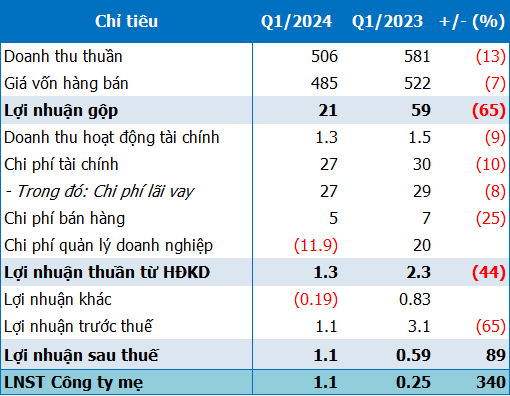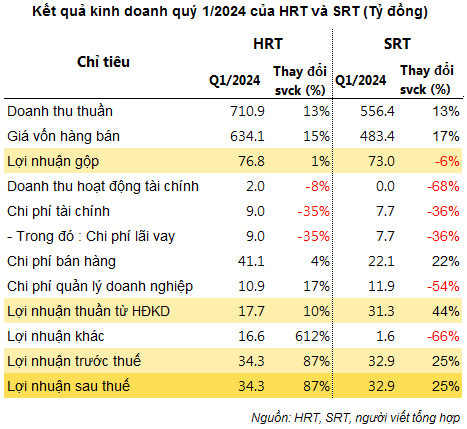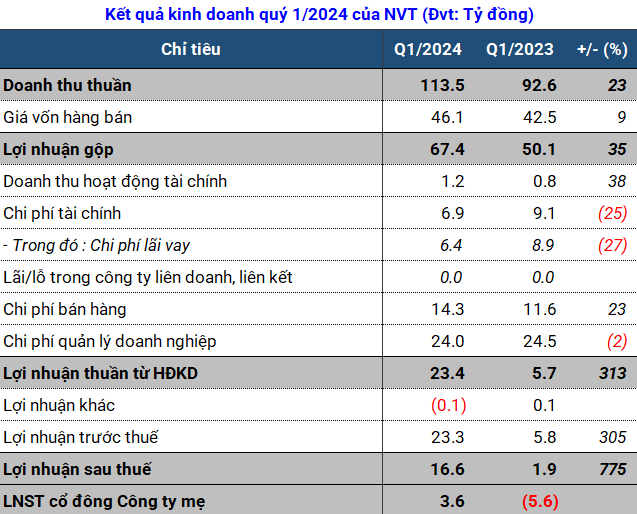“Hidden waves” that few people know
Located in the key economic region in the south and the gateway connecting the South East region with the Mekong Delta, Long An province always appears to be “humble” compared to its “siblings” like Binh Duong, Dong Nai, Ba Ria – Vung Tau. This is also an area with a large number of industrial clusters. The land fund for housing development is believed to be the largest in the south at present. However, the paradox is that although there is a large land fund, very few project supply sources have been developed in Long An, especially those with systematic planning.
It can be remembered that in the period from 2018-2020, the real estate market in neighboring provinces like Binh Duong, Dong Nai, Ba Ria – Vung Tau were all bustling with the launch of new projects, while in Long An, there were only a few projects available for sale. Many people even believe that Long An is “peacefully developing” to the point of being quiet and difficult to understand. Even when businesses like Vingroup, Nam Long, Him Lam Land, Becamex, Cat Tuong, Hoang Cau Vietnam Co., Ltd… come to invest in projects, the area still does not appear as vibrant as other regions.
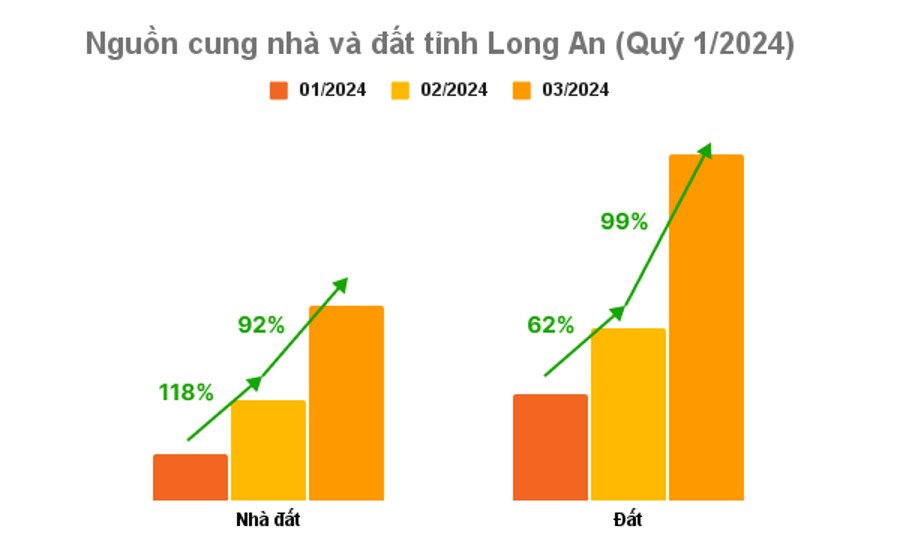

Both supply and demand for real estate in Long An have recently been quietly growing, even with many challenges in the market. Source: Nha Tot
However, few people know that the “hidden waves” of the Long An real estate market actually started silently as early as 2016-2017. At the end of 2017, the real estate prices in this area continuously increased, especially in the land and detached houses segment in districts like Duc Hoa, Ben Luc, Can Duoc, Can Giuoc. At that time, agricultural land prices increased 2-3 times in 1-2 years. Residential land increased by 50-100% from 2017 to 2018. There were even cases where land prices increased on a daily basis.
The price increase was thanks to information about large businesses coming here to seek land reserves and promote investment since the period of 2014-2015. Along with that, the low number of projects and real estate products on the market compared to the actual needs of the people created good liquidity for real estate in Long An. The number of projects in this market in 2017 was about 12,000 units, by 2018 it was 11,000 units, and by 2019 this number dropped to half of 2018. The majority of supply came from land subdivision projects, with a lack of diversity in types of properties.
According to brokers, during the period of 2016-2018, investors with 2-3 billion VND found it difficult to buy good land plots in Long An. People from all over flocked here to buy large plots of land for rental housing due to proximity to industrial parks; investors bought and sold and enjoyed good profits. At that time, the market was quietly trading and growing. The growth of real estate values in Long An continued until the end of 2021, and only slowed down from mid-2022 to the end of 2023 due to the impact of the overall market.

The value of real estate in Long An has been steadily increasing over the past decade, even in a volatile market. Photo: Illustration
By the beginning of 2024, real estate in this area is quietly “rippling”. The supply of real estate is showing signs of increase. The latest report from Nha Tot shows that the new supply of real estate in the first quarter of 2024 in Long An has grown significantly month by month. Specifically, in March, the supply increased three times compared to January; in which, the land segment grew twice during the same period. Similarly, following the growth trend of supply, the demand for real estate in Long An is also recording significant growth. Compared to the demand in January 2024, the number of views of real estate listings in Long An increased eight times, while the number of views of land plots increased four times in March 2024.
Along with the good growth of supply and demand, the prices of real estate in Long An are also growing strongly. Specifically, the average selling price of houses in Long An increased from 19 million VND/m2 to 23.5 million VND/m2; land prices increased from 7.2 million VND/m2 to 12 million VND/m2 in the period from January to March 2024.
New moves dispel doubts about the durability of Real Estate in Long An
In the period from 2010-2015, when large businesses were “eyeing” land reserves in Long An for large-scale projects, the market raised doubts: Businesses might have to hold large land reserves and “hibernate” for a long time; there might be a risk of forming “ghost” urban areas due to poor infrastructure, unfamiliar land with high-end products, and the habit of local residents focusing on land plots.
However, in reality, over the past decade, Long An has quietly proven itself through existing and well-developed urban areas. In Duc Hoa, Can Giuoc, and Ben Luc, hundreds of hectares of projects have been put into operation. Some residential areas have a relatively high occupancy rate, and the increasing value has been recognized for many years.
Specifically, urban areas like Nam Long’s Waterpoint with an area of 355 hectares, Cat Tuong Phu Sinh (107 hectares), Long An Golf Course (27 holes – 120.33 ha), New Duc Hoa Urban Area (74 ha), New Hong Phat Urban Area (311 ha), New Hau Nghia Urban Area (197 ha), Ecological Residential Area, Solar Energy (637 ha)… have been and are creating a place to live and invest for many customers. There were even cases where investors “won big” in the Long An market when the secondary value of investment increased based on the level of investment in utilities, internal infrastructure of the urban area.

Recently, new developments in infrastructure investment have been creating a “foundation” for real estate in Long An. Photo: Ha Vy
From the mainly land subdivision projects, developed individually, over time, Long An has continuously introduced large-scale projects. Recently, a series of major investors have chosen Long An as a “destination” for projects with billions of dollars in investment. This creates new expectations for the local market. The convergence of large projects invested in a systematic manner will increase the diverse demands of the market, thereby creating a picture of sustainable real estate development.
Most recently, some investors have planned their business and announced project information to the Long An market. These are projects with an area of 100-200 hectares, planned and invested systematically with a diverse product structure, with expected pioneers the growth potential of this locality. For example, LA Home Urban Area (Luong Hoa, Ben Luc) by Prodezi Long An and Huong Viet (HVH); Eco Retreat Urban Area (Thanh Phu, Ben Luc) by Ecopark; Hau Nghia – Duc Hoa Urban Area (Duc Hoa) by Vinhomes…
According to the representative of Prodezi Long An, the investor of LA Home Urban Area, in the long run, Long An is still a market with great investment potential due to its synchronized infrastructure and better connection with Ho Chi Minh City and the region, along with industrial development. LA Home Urban Area covers an area of 100 hectares, considered a project with a prime location as it is located on the front of Luong Hoa – Binh Chanh road. From here, it takes only about 5 minutes to reach Ho Chi Minh city. In addition, on one side of the project is DT830, directly connecting to the Ho Chi Minh City – Trung Luong expressway and Ben Luc – Long Thanh expressway. This urban area is also about 10 minutes away from the Ho Chi Minh City Belt Road 3 by car.
Together with the well-planned projects, according to experts, Long An needs to be connected to the urban economic group, becoming a “bridge” between Ho Chi Minh City and the Mekong Delta.
Undeniably, in the past, Long An did not attract much attention from investors compared to neighboring provinces like Binh Duong, Dong Nai, due to infrastructure congestion. Although it shares the same border with Ho Chi Minh City through a system of national roads 1A, 50, 62, N1, N2, Ho Chi Minh City – Trung Luong expressway, Ben Luc – Long Thanh expressway, the area’s infrastructure has not been invested properly.
Recently, new moves in transportation infrastructure investment in Long An have gained attention. At the beginning of 2024, this province has promoted investment in expanding and upgrading important provincial and national roads, and dedicated many resources to complete the 6 axes of economic development, including Belt Road 3 – Belt Road 4 of Ho Chi Minh City; National Road 50B; parallel with National Road 62; My Quy Tay – Luong Hoa – Binh Chanh; National Road N1; Duc Hoa…
In particular, National Road 50B has a total investment of 18,600 billion VND, directly connecting Ho Chi Minh City – Long An – Tien Giang with a section through Long An province of 35 km. Along the road are three large bridges crossing Can Giuoc River, Vam Co Dong, and Vam Co Tay. The road is scheduled to start construction this year and complete phase one by 2026. When completed, National Road 50B will be a new driving force, connecting the transportation of goods from the Mekong Delta provinces to Ho Chi Minh City and vice versa, helping to reduce the pressure on National Road 1.
Or the extended information of Vo Van Kiet Road – one of the main avenues of Ho Chi Minh City to Long An is also attracting the attention of investors. The extended road is planned to be more than 12 km long, 60 m wide, with an intersection with Belt Road 3. The “dual-coast” real estate is expected to greatly benefit from this connection route.
In addition to the extended Vo Van Kiet road project, the Ho Chi Minh City Department of Transport also proposed to start early on a new road in the Northwest, about 8 km long and 40m wide. The project will extend the inter-district road 625 from Nguyen Thi Tu and Vinh Loc Streets to the Long An provincial border.
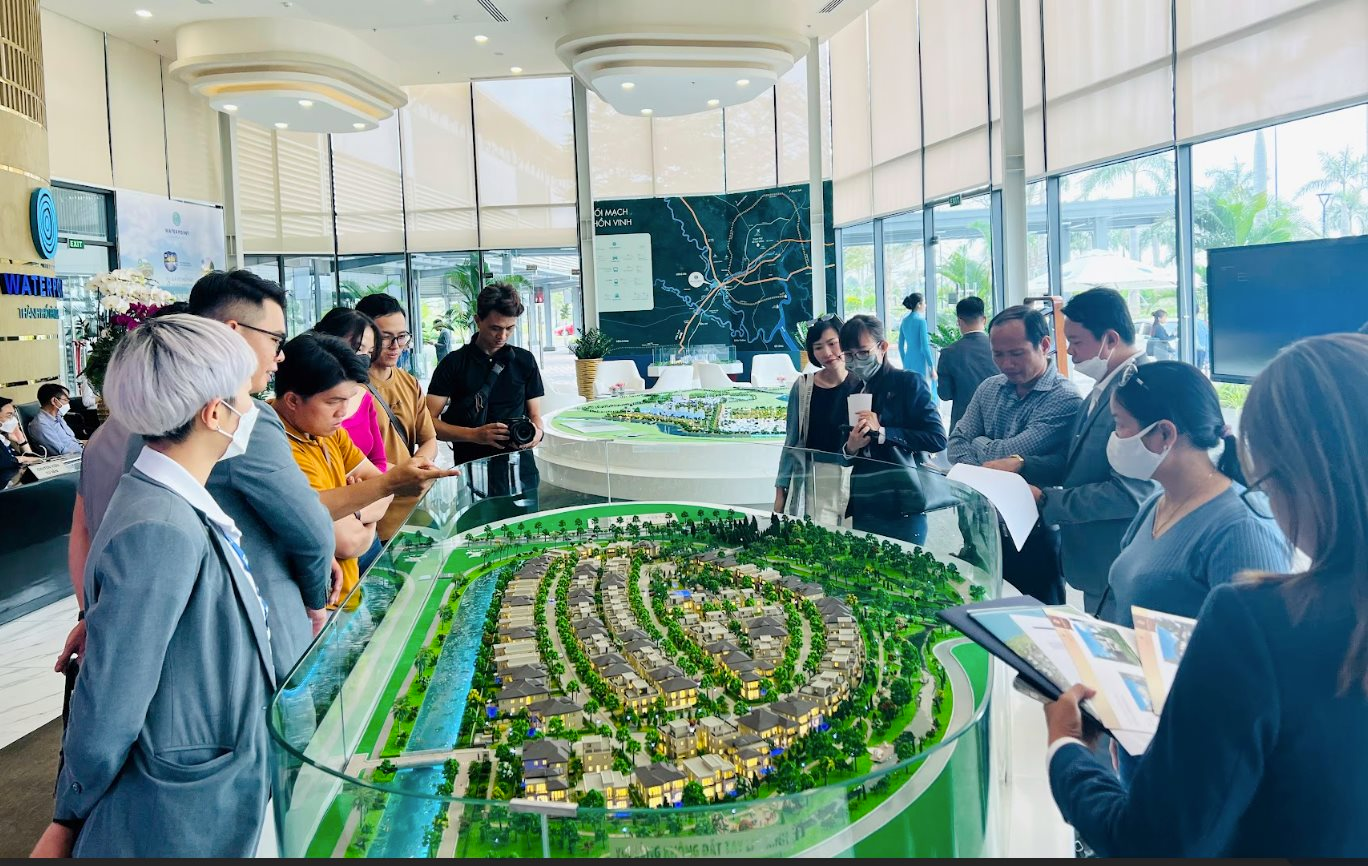
Currently, many large-scale urban areas in Long An have dispelled doubts about a market that was only speculative.
Thus, with a series of inter-provincial roads formed in the future, Long An real estate is entitled to expect changes in both demand and increased value.
When talking about Long An, experts say that two areas, Ben Luc and Can Giuoc – Can Duoc, have the clearest development opportunities in the future. In Can Giuoc – Can Duoc, it is located adjacent to the Hiep Phuoc seaport of Ho Chi Minh City. If the connecting routes with Ho Chi Minh City are well-implemented, Hiệp Phước seaport will be able to accommodate ships from 5,000 – 10,000 tons, and real estate in this area will retain its development potential.
In Ben Luc, this area currently has many large urban projects, with the beautiful Vam Co Dong river, and flat land. Especially, this place is suitable for the special 4.0 industrial park model. These industrial parks cannot be developed in Ho Chi Minh City because there is no land fund, but Long An can meet it well.
“In the near future, with the connection of strong transportation infrastructure investment, Ben Luc – Long An can become a city with two directions: residential urban areas adjacent to Ho Chi Minh City and has great potential for developing real estate in light industries, industry 4.0,” emphasized Mr. Hien.


























